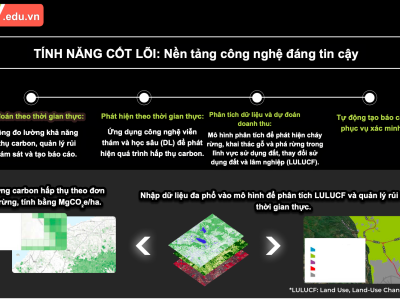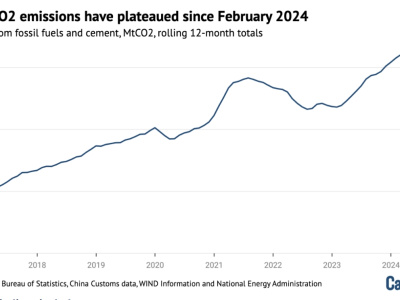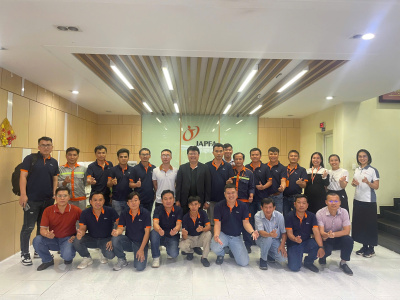SMART ENERGY MANAGEMENT
NHỮNG THỬ THÁCH KHẨN CẤP CỦA VIỆT NAM VÀ THẾ GIỚI
Global ESG Criteria Harmonization through UN Leadership for a Sustainable Future
Environmental, Social, and Governance (ESG) criteria have evolved as a critical framework for evaluating the long-term and ethical consequences of investments and business activities. While the concept of ESG criteria is gaining ground, the lack of established global norms makes widespread implementation and effectiveness difficult. This article advocates for the United Nations (UN) to lead the effort to harmonize global ESG criteria, resulting in a clear and complete framework that can drive sustainable development and responsible corporate practices across borders. This article emphasizes the importance of collaborative international efforts to unlock the full potential of ESG criteria for a sustainable future by delving into the current state of ESG criteria, analysing the potential benefits of standardisation, and exploring the role of the UN in catalysing this process.
Keywords: ESG, sustainability, harmonization, global, leadership, United Nations 1. Introduction
Environmental, Social, and Governance (ESG) elements have recently gained prominence, emerging as a critical paradigm for assessing the non-financial performance of organizations and investments (Escrig-Olmedo et al., 2019; Friede et al., 2015; Pedersen et al., 2021; Tien et al., 2020; Townsend, 2020). This comprehensive set of criteria includes a wide range of concerns, ranging from measuring the environmental impact of operations and adhering to social responsibility pledges to examining the effectiveness of corporate governance procedures. In an era marked by serious global concerns such as climate change, social injustice, and the demand for ethical corporate behavior, the importance of ESG criteria in defining decision-making processes and bolstering sustainability initiatives has grown tremendously.
The modern world is at a crossroads, wrestling with complex and multidimensional concerns that necessitate collaborative and inventive solutions. In this setting, ESG criteria have emerged as a ray of hope, offering a structured framework for businesses and investors to manage their operations and decisions through a lens that extends beyond solely financial considerations. These criteria function as a dynamic toolkit that encourages introspection, accountability, and alignment with ideals that go beyond profit margins. However, in order for ESG criteria to fully fulfil their potential as drivers for positive change, a globally agreed and robust framework is required (Escrig-Olmedo et al., 2019; Gibson Brandon et al., 2021; Khan, 2022; Li et al., 2021).
Despite increased acknowledgement of the importance of ESG issues, a persistent challenge clouds their worldwide impact: the lack of a defined and widely accepted framework for analysing and reporting ESG performance. The contemporary ESG environment is distinguished by a plethora of theories, techniques, and evaluation systems (Dimson et al., 2020). As a result, firms, investors, and other stakeholders are frequently forced to navigate a complex maze of differing measures, indices, and standards. While this diversity reflects the increased emphasis on sustainability, it also brings its own set of challenges (Van & Long, 2022).
The absence of a defined framework impedes ESG data comparability, complicating decision-making processes and compromising the credibility of ESG disclosures (Avramov et al., 2022; Dimson et al., 2020). As a result, the goal of sustainable growth is hampered by inconsistencies in data interpretation, difficulty in benchmarking performance, and issues distinguishing genuine sustainability efforts from purely superficial gestures, commonly known as “greenwashing” (Delmas & Burbano, 2011; Freitas Netto et al., 2020). This lack of coherence in ESG criteria presents challenges to mobilizing resources towards significant sustainability activities in a globalized economy where capital flows across borders and investments transcend geographical boundaries (Dimson et al., 2020; Friede et al., 2015; Shakil, 2021).
Given these problems, there is an urgent need to standardize ESG criteria. A uniform framework would promote openness, enable informed decision-making, and level the playing field for businesses to compete based on genuine sustainability measures (Escrig- Olmedo et al., 2019). Such harmonization would benefit not just investors looking to spend resources ethically but would also
enable businesses to embrace sustainability as an inherent component of their operating plans (Drempetic et al., 2020). The road toward standardizing global ESG standards has the potential to usher in a new era of responsible business conduct, allowing companies to make real contributions to a sustainable future while also generating value for their shareholders and stakeholders (Adams & Abhayawansa, 2022).
2. The Current ESG Criteria Landscape
From significant rating agencies and industry associations to prominent financial institutions, a profusion of frameworks, methodologies, and score systems have arisen. Collectively, these initiatives add to the rich tapestry that is the ESG landscape (Dimson et al., 2020; Shakil, 2021). They are critical in raising awareness about the necessity of incorporating environmental, social, and governance considerations in addition to traditional financial indicators when evaluating a company’s performance and effect (Mervelskemper & Streit, 2017). Furthermore, these programs have been essential in campaigning for responsible corporate practices that go beyond profit maximization, urging corporations to be more conscious of their societal and environmental impacts (Van & Long, 2022).
While these ESG guidelines and processes have clearly aided in the transition to more sustainable corporate practices, they have also unintentionally contributed to the mosaic of fragmentation that defines the contemporary ESG arena. Because there is no uniform approach, each framework stresses different aspects of ESG performance, adopts different assessment procedures, and measures different criteria. As a result, organizations are frequently evaluated using distinct metrics that give disparate results, making meaningful cross-comparisons difficult (Berg et al., 2022; Billio et al., 2021).
This inconsistency in ESG assessment methodology has far-reaching consequences. One immediate implication is the possibility of inconsistencies in the portrayal of a company’s sustainability performance (Alsayegh et al., 2020; Khan, 2022). Companies may emphasize areas of their operations that correspond with particular ESG frameworks while potentially disregarding others, motivated by the allure of favourable branding and increased reputation (Arvidsson & Dumay, 2022). This selective emphasis, known as “greenwashing,” can result in a distorted portrayal of a company’s commitment to sustainability, weakening the faith that investors, consumers, and other stakeholders place in ESG disclosures (Delmas & Burbano, 2011; Freitas Netto et al., 2020).
Furthermore, the lack of consistency in assessing and reporting ESG performance has broader systemic implications for decision-makers at all levels. Due to inconsistencies in accessible data, investors, who play a critical role in allocating money towards sustainable firms, have difficulty adequately evaluating the ESG performance of potential investments (Avramov et al., 2022; Caplan et
al., 2013). Similarly, firms attempting to connect their strategies with long-term goals encounter difficulties in evaluating their performance against industry peers and determining the efficiency of their sustainability programs (Pedersen et al., 2021).
The absence of comparability and standardized reporting is also a key impediment for policymakers and regulators aiming to establish effective sustainability frameworks and incentivise responsible behaviour within their jurisdictions. Crafting successful policies becomes a more challenging task in the absence of a standard and globally accepted way of monitoring ESG performance, potentially leading to fragmented and uneven rules across different markets (Adams & Abhayawansa, 2022; Arvidsson & Dumay, 2022).
In essence, the lack of consistency in ESG assessment and reporting undermines the comparability and credibility of ESG data, limiting investors’, firms’, and governments’ ability to make educated and influential decisions. To fully realize the potential of ESG criteria as positive change drivers, the global community must collaborate to create a standardized framework that unifies these disparate efforts and paves the way for more comprehensive, transparent, and consistent evaluation of sustainability performance.
3. The Argument for Harmonization
To begin, establishing a uniform vocabulary and globally acknowledged framework for ESG evaluation is a vital step toward increasing transparency and confidence in ESG reporting. This newfound clarity would provide investors and stakeholders with a solid foundation for making decisions. A unified ESG
framework assures that the information utilized for decision-making is reliable and devoid of ambiguity in a world where ethical and sustainable considerations are increasingly valued (Adams & Abhayawansa, 2022). This dependability generates a higher level of confidence between organizations and their stakeholders, paving the path for more meaningful involvement and collaboration in the long run (Berg et al., 2022).
Beyond transparency, the advantages of harmonizing ESG criteria extend to cross- border investment (Escrig-Olmedo et al., 2017). The reduction of impediments caused by differences in ESG reporting standards between jurisdictions has the potential to unleash a flood of international capital flows into sustainable initiatives. By establishing a level playing field in which ESG information is uniformly organized and evaluated, investors have the confidence to pursue possibilities in global markets without having to deal with the difficulties of disparate reporting procedures. This convergence is consistent with the global structure of today’s economy, in which investments traverse continents and sustainable efforts merit support regardless of location (Amel-Zadeh & Serafeim, 2018; Halbritter & Dorfleitner, 2015).
The effects of standardization continue to reverberate throughout the corporate environment, inspiring innovation and encouraging healthy competition. Companies are supplied with a consistent set of criteria to assess their performance against peers and industry benchmarks when a uniform
framework is in place. This dynamic climate drives businesses to innovate and develop ways that significantly improve their ESG performance (Billio et al., 2021; Khan, 2022). Companies competing to succeed in their adherence to defined ESG standards can result in game-changing breakthroughs in sustainable strategies. This competitive race to higher ESG standards can serve as a stimulus for new research, transformative technology, and more responsible business models, jointly accelerating the road towards a sustainable future (Alsayegh et al., 2020; Billio et al., 2021).
To summarize, defining global ESG criteria is a proactive step toward improving the way organizations function, investments are made, and society flourish. It instils trust and facilitates well-informed judgments by bringing clarity and reliability to ESG reporting. Cross-border barrier elimination encourages international investment in sustainable initiatives, propelling the global sustainability agenda ahead. Furthermore, the competitive pressure it creates among businesses encourages innovation, resulting in concrete gains in
sustainability practices. These advantages compound the impact of ESG considerations, hastening progress toward a more ethical, responsible, and sustainable world.
4. The United Nations’ Role
The United Nations (UN) is a beacon of international cooperation and collaboration, perfectly positioned to play a crucial role in standardizing global ESG criteria. Its broad reach, credibility, and unrivalled convening capacity provide fertile ground for orchestrating a unified framework that cuts over geographical, political, and sectoral borders (Kim & Yoon, 2023).
When considering the UN’s role in this endeavour, one might picture a comprehensive approach that brings together a varied range of parties. The UN’s intrinsic ability to bring parties together on a shared platform, such as governments, multinational corporations, non- governmental organizations (NGOs), and financial institutions, has enormous promise. This convergence of viewpoints, driven by the UN’s reputation for promoting constructive dialogue, fosters a productive interchange of ideas, insights, and best practices (Ortas et al., 2015). Through these interactions, a complete framework encapsulating the most important ESG challenges and providing advice on their assessment, evaluation, and reporting might develop.
The UN’s mission extends beyond mere facilitation to the deliberate cultivation of consensus. The United Nations, with its long-standing commitment to sustainable development, serves as a neutral arena where diverse interests can be balanced and harmonized. The UN has the ability to bridge gaps and develop shared understanding among stakeholders through initiating discussions, conducting research, and convening working groups made of experts from many disciplines. The UN’s worldwide network’s depth of experience provides it with the ability to investigate subtle facets of ESG considerations while accounting for regional circumstances, sector-specific challenges, and varied stakeholder views (Sethi & Schepers, 2014).
In this environment, one of the UN’s most valuable assets is its legitimacy. The UN’s engagement in standardizing ESG criteria provides credibility to the resulting framework as a trusted global institution (Kim & Yoon, 2023). Its neutrality and non-partisanship establish an environment in which
choices are made based on the collective good rather than individual interests. This provides legitimacy to the standardized ESG principles developed as a result of this collaborative effort, building trust in the minds of investors, businesses, and societies alike.
Furthermore, the UN’s expertise in negotiating complex global difficulties makes it a perfect candidate for not only opening conversations but also driving a long-term effort to harmonize ESG criteria. The organization’s track record of success in uniting nations and
stakeholders around common goals, such as the Sustainable Development Goals (SDGs), serves as a model for its potential to deliver revolutionary results (Pradhan et al., 2017).
To summarize, the UN’s involvement in the standardization of global ESG criteria is not a suggestion, but a need. Its worldwide standing, neutral attitude, collaborative platform, and expertise foster an atmosphere suitable to beginning, facilitating, and leading the process of developing a generally recognized ESG framework. Through established ESG principles that transcend boundaries and pave the road for collaborative global success, the UN can manage the complexities of varied stakeholder interests, foster agreement, and help design a more sustainable future.
5. Overcoming Difficulties and Moving Forward
The route toward worldwide ESG standards harmonization is a complex and multidimensional activity that requires a fine balance of numerous aspects (Cornell, 2021; Eccles & Stroehle, 2018). While hurdles exist, they are not insurmountable, and with careful planning, teamwork, and dedication to overall sustainable development goals, these impediments may be addressed with a proactive and inclusive approach (Arvidsson & Dumay, 2022; Pradhan et al., 2017).
The different interests of stakeholders involved in the harmonization process pose a substantial obstacle. Governments, corporations, non-governmental organizations (NGOs), and financial institutions all bring their own viewpoints, goals, and worries to the table (Berg et al., 2022; Dimson et al., 2020). Balancing these disparate interests necessitates a deft and inclusive approach that ensures all voices are heard. Participatory deliberations are essential because they give a forum for open exchanges, promoting a shared knowledge of the intricacies involved. This open exchange of ideas is critical for reaching a consensus-driven solution that meets the needs and aspirations of all stakeholders.
Furthermore, the inclusion of industry-specific nuances is an important consideration. From technology to agriculture to energy, each industry has unique traits that influence their ESG issues (Berg et al., 2022). Recognizing these distinctions necessitates a nuanced approach—one that allows for customization of the standardized framework to meet the specific needs of each industry. The standardization process may stay dynamic and flexible by using an iterative strategy that includes continual feedback loops and expert insights, ensuring that the resulting framework is strong and usable across sectors (Billio et al., 2021).
Cultural variations, while rich in diversity, can often impede the process of harmonization (Dimson et al., 2020). Values, values, and practices differ greatly among places, and these cultural differences might influence how conventional ESG standards are interpreted and used. It is critical to overcome this difficulty by emphasizing inclusivity and respect for varied cultural backgrounds. It entails promoting a discourse in which cultural
variations are viewed as strengths rather than impediments, while acknowledging that localized changes may be required to ensure the framework’s success and relevance across diverse places (Khan, 2022).
The key to overcome these obstacles is to remain committed to aligning with bigger global sustainability goals, such as the Sustainable Development Goals (SDGs). These goals give a shared vision that transcends individual interests and fosters a sense of community. The framework achieves a higher purpose by anchoring harmonization efforts within the context of these established sustainability goals—one that resonates with the global community’s aspirations for a more equal, just, and sustainable society (Alsayegh et al., 2020; Crifo & Diaye, Marc-Arthur, Oueghlissi, Rim, 2017; Tien et al., 2020). This alignment not only maintains the integrity of the standardized ESG principles, but it also promotes more cooperation among stakeholders as they work together toward a common goal.
To summarize, while the path to harmonizing global ESG rules is fraught with difficulties, it is also rife with chances for dramatic change. These hurdles can be transformed into stepping stones towards a more standardized, transparent, and impactful approach to ESG assessment by adopting participatory deliberations, iterative procedures, and a dedication to both sector-specific concerns and global sustainability objectives. The global community can lead the way for a future in which responsible business practices are the norm and sustainability is an inherent component of global economic and social progress by collaborating, innovating, and being committed to sustainability.
6. Final remarks
In an era marked by increasing levels of interconnection and interdependence, the need to define global ESG criteria becomes even more pressing. As the difficulties we confront, ranging from environmental degradation to social inequality, transcend national boundaries, a standardized framework becomes a crucial instrument for creating a collaborative response to these complex global issues. This framework acts as a common language, facilitating meaningful collaboration and fostering a shared commitment to ensuring a sustainable and equitable future for all.
The United Nations (UN) is crucial to this effort because it is uniquely positioned to lead the fight toward global ESG standardization. Because of the UN’s long history as a global convener and mediator, it is a natural catalyst for this dramatic shift. Its gathering power crosses political, economic, and cultural boundaries, creating a neutral environment for governments, companies, non governmental organizations (NGOs), and other stakeholders to engage in productive discourse. This discussion serves as a crucible for multiple perspectives to collide, producing a path that not only accommodates but also celebrates the diversity of interests, insights, and solutions required for a comprehensive and widely accepted ESG framework.
The United Nations’ dedication to global improvement is embedded in its culture, making it a competent and trustworthy body to manage the complexity of this endeavour. Its agenda is based on the common aim of making the world a more just, sustainable, and prosperous place for current and future generations. By advocating for the standardization of ESG criteria, the UN not only fulfils its existing duties but also expands its influence in an area of critical relevance to the international community.
Furthermore, the UN’s involvement does more than simply set standards; it allows enterprises, investors, and society at large to deal more effectively with the complex web of sustainability challenges. The UN provides stakeholders with a tool to traverse the challenges of ESG evaluation by providing a cohesive framework that overcomes regional inequalities, cultural variations, and sectoral biases. This empowerment extends beyond academic frameworks and into tangible impact. Businesses may securely incorporate sustainability ideas into their operations, knowing that their efforts will be consistent with globally recognized standards. Investors might direct funds to initiatives that show tangible progress toward sustainability. Through educated judgments based on consistent and accurate ESG data, societies may hold institutions accountable.
In summary, harmonization of global ESG criteria is more than simply a little step toward a more sustainable and equitable future. With its convening capacity, dedication to betterment, and global influence, the United Nations has the opportunity to lead this revolution. The UN brings stakeholders together in a common pursuit of a world where sustainability is not only a lofty ideal but a collective reality by encouraging the standardization of ESG criteria. The global community can transcend the barriers that divide us and establish a unified path towards a more sustainable, just, and affluent world for future generations with the UN’s leadership.
Dr. Dr. h.c. mult. Philipp Rösler
Honorary Consul to the Socialist Republic of Vietnam
Elena Weber
Consessor AG
EIP Vietnam thực hiện mục tiêu tư vấn chuyển đổi KCN Sinh Thái và NetZero Carbon, Energy và phát triển bền vững ESG ở Việt Nam bằng cách kết nối với nhiều tổ chức môi trường quốc tế uy tín, những người khởi xướng toàn cầu về tính bền vững, hành động vì khí hậu, hệ sinh thái xanh và năng lượng tái tạo. EIP Vietnam thực hiện tư vấn theo khung EIP của UNIDO, Worldbank, GIZ.

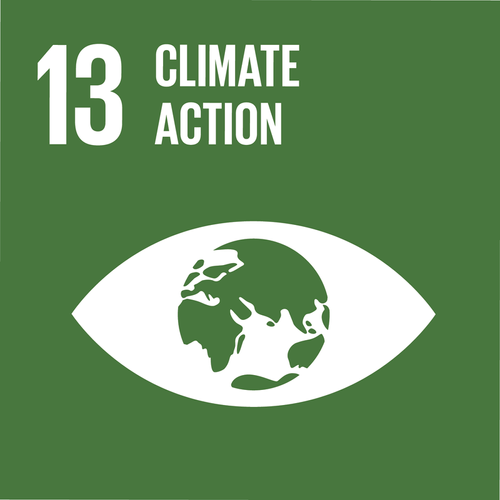
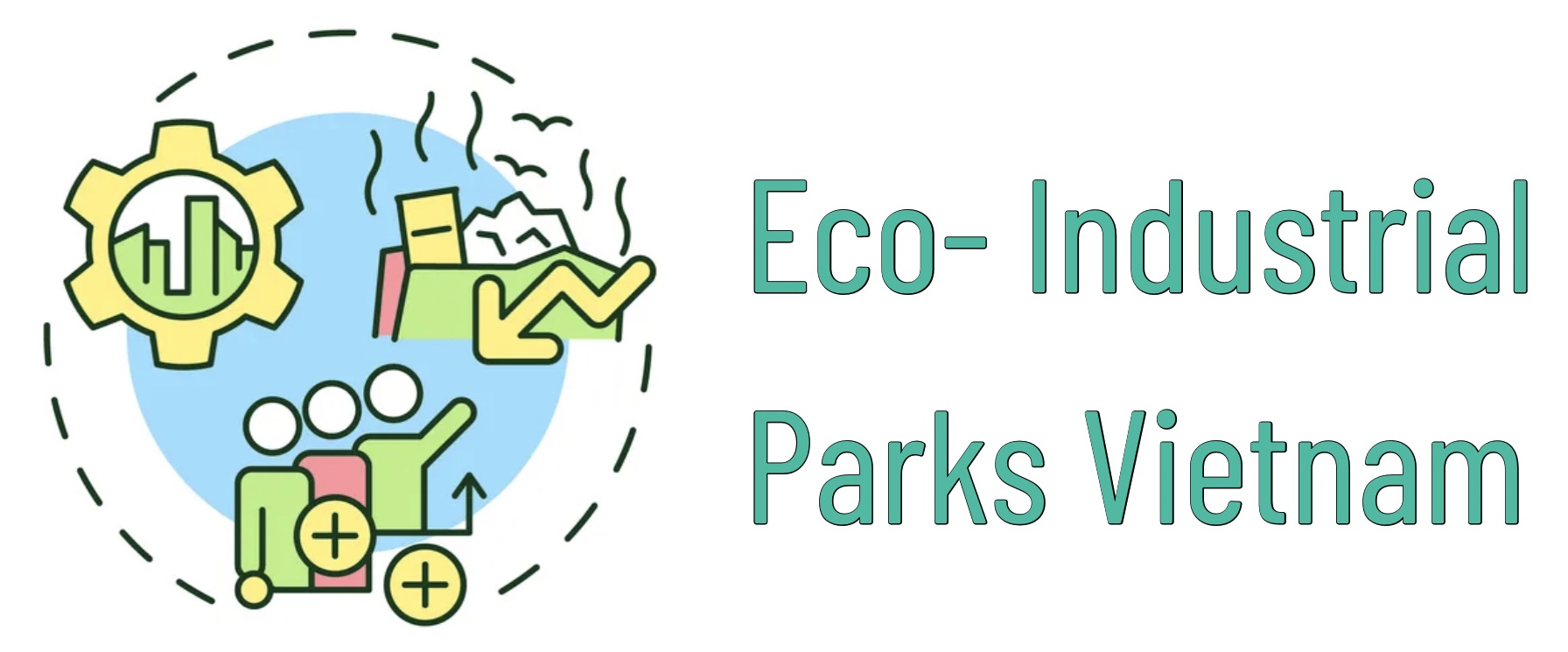


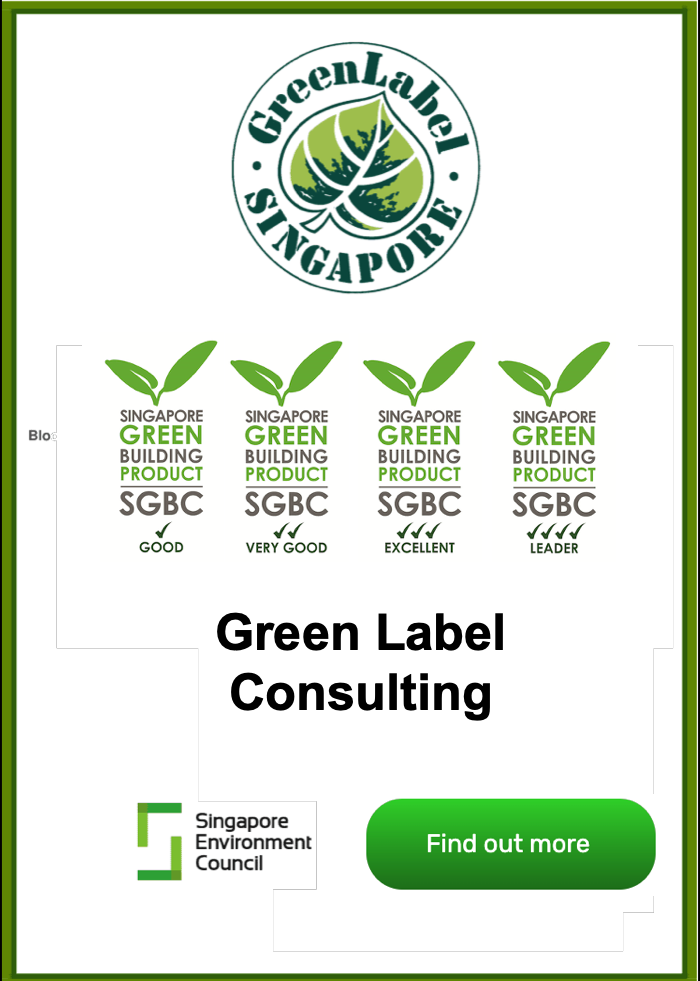
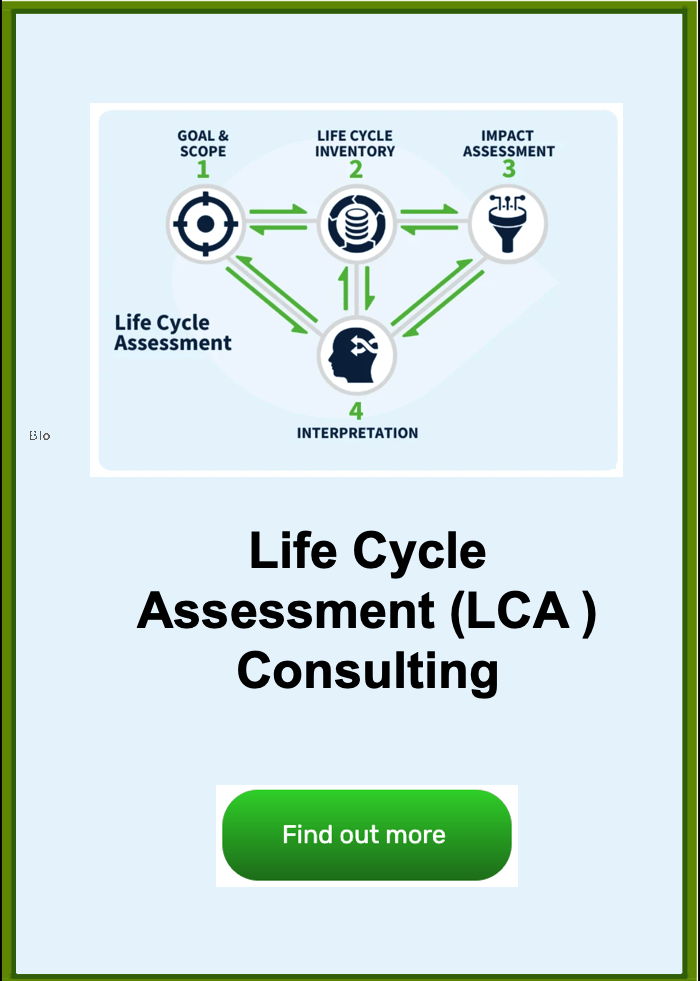
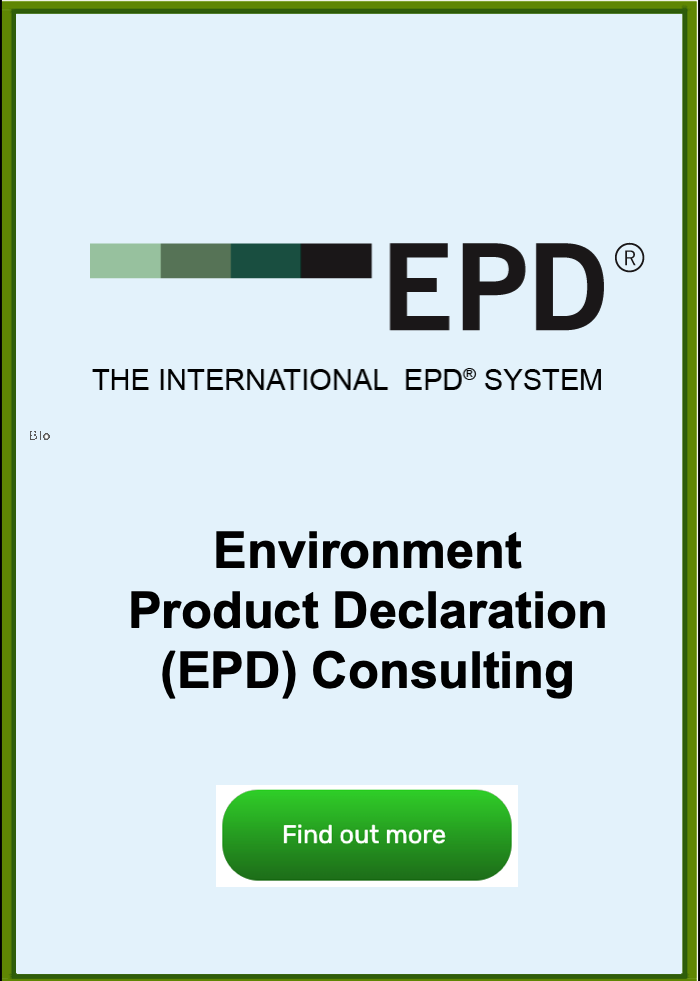
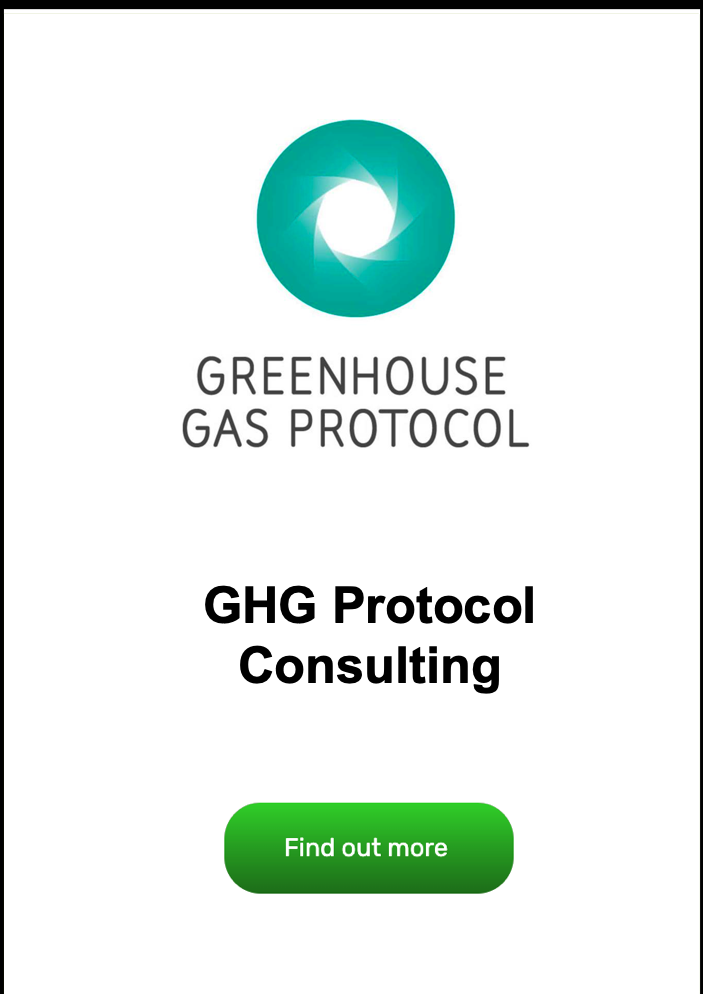












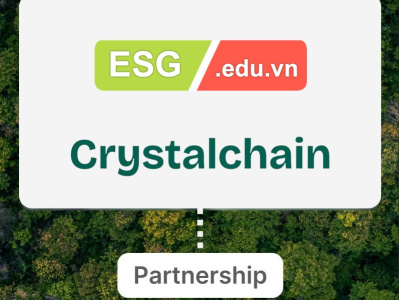

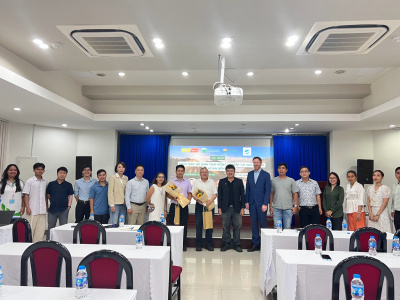








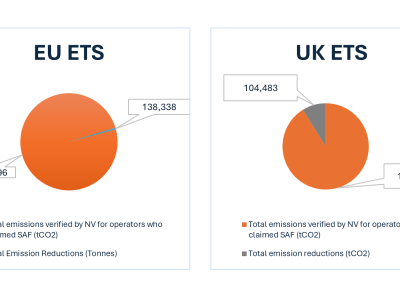
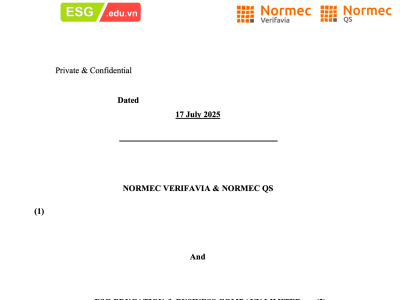
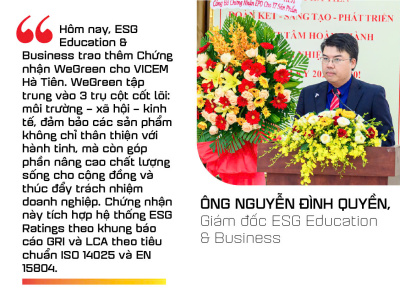
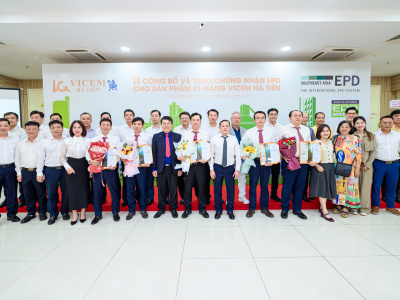

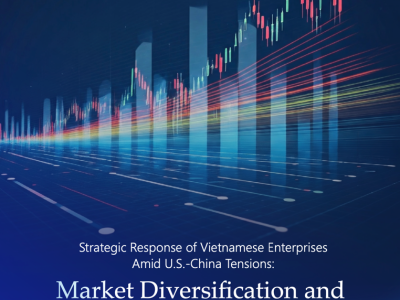

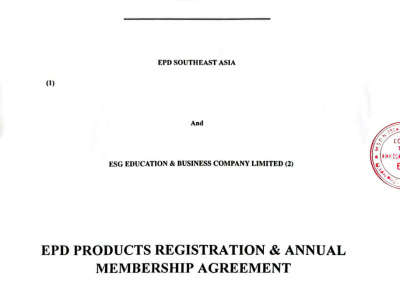
![NGUYỄN ĐÌNH QUYỀN [VN]](https://kcnst.com/wp-content/uploads/NGUYEN-DINH-QUYEN-VN-400x300.png)
